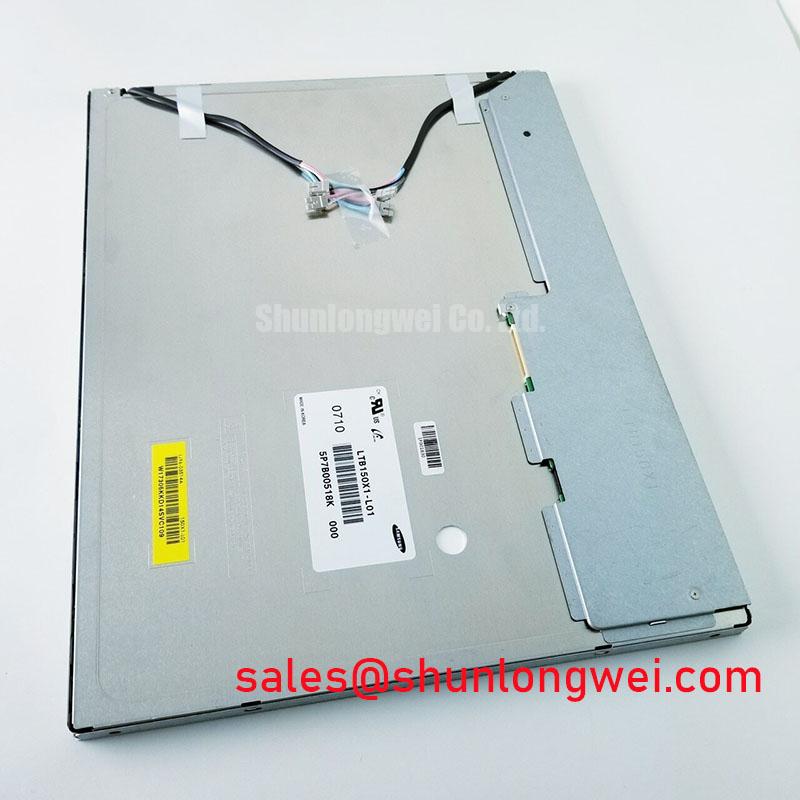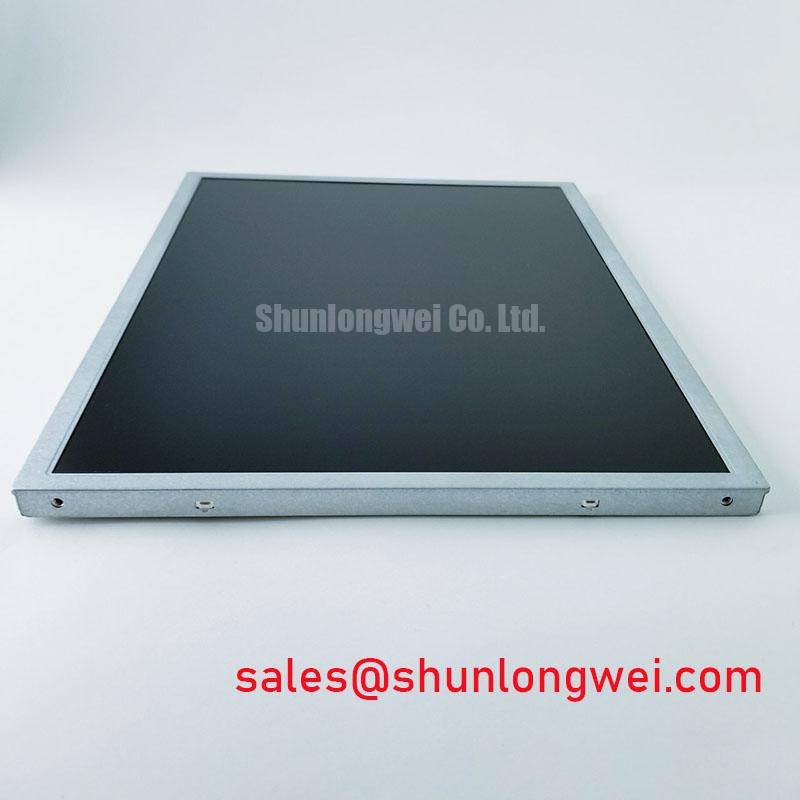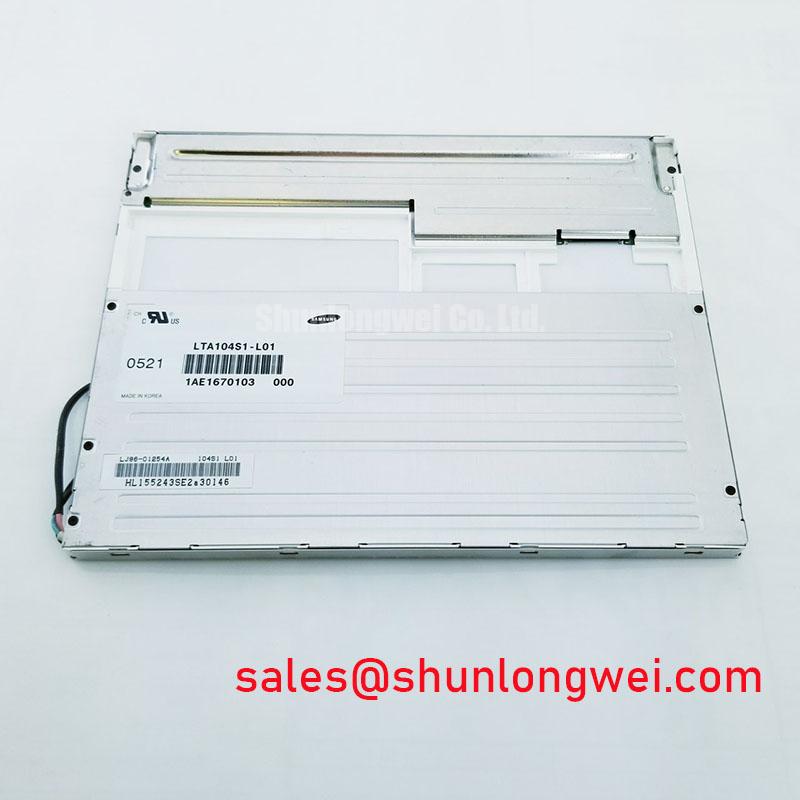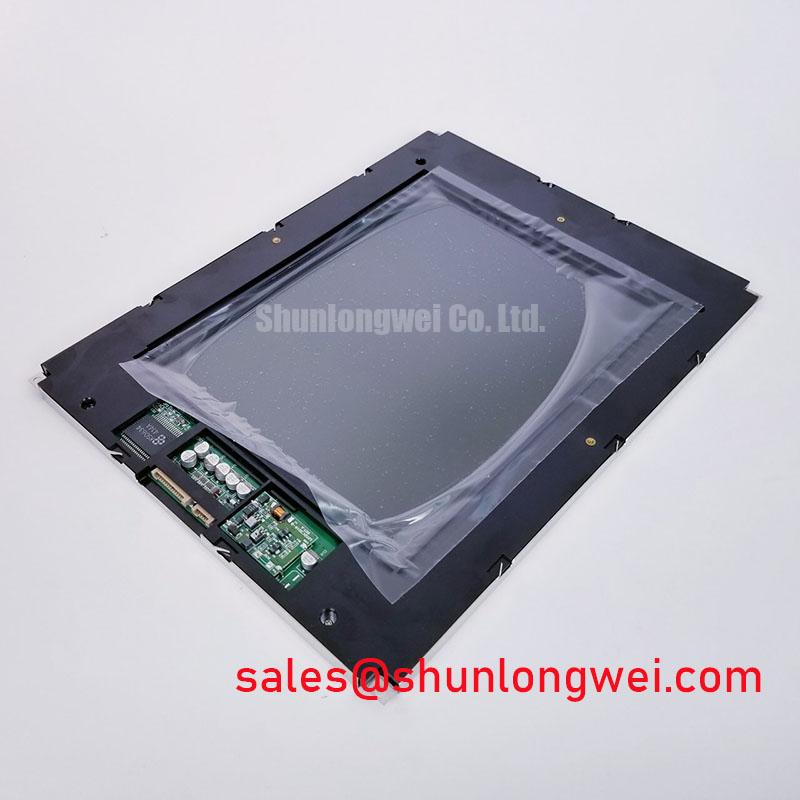Content last revised on November 15, 2025
LTB150X1-L01: 15.0-inch XGA Display for System Integration
Streamlining HMI Upgrades and New Designs
An engineering team was tasked with upgrading a fleet of aging industrial controllers, facing the challenge of sourcing a display that wouldn't require a complete system overhaul. The Samsung LTB150X1-L01 provides a direct pathway for such scenarios, streamlining integration with its industry-standard interface and form factor. This 15.0-inch TFT-LCD module simplifies the design and maintenance lifecycle for industrial human-machine interfaces (HMIs) and instrumentation. Its core specifications are: 1024x768 XGA | 250 cd/m² Brightness | LVDS Interface. Key benefits include accelerated development timelines and seamless legacy system compatibility. What interface does the LTB150X1-L01 use? It utilizes a standard 1-channel, 6-bit LVDS interface, ensuring broad compatibility with common video controllers and single-board computers.
Deployment Snippet: Upgrading a CNC Machine Control Panel
A manufacturer of CNC machinery needed to service control units that were over a decade old. The original displays were failing, but the core controller logic remained robust. By selecting the LTB150X1-L01, their field service team was able to perform a near drop-in replacement. The display's 4:3 aspect ratio and native XGA resolution perfectly matched the existing graphical user interface, eliminating the need for costly software redevelopment. The standard LVDS connector interfaced directly with the existing controller board, drastically reducing service time and extending the operational life of valuable capital equipment.
Comparative Data for Informed Decisions
When evaluating 15-inch XGA displays, specific parameters determine the best fit for an application. The following table provides a factual comparison based on technical specifications to support your engineering assessment. This data is intended to clarify how different modules address distinct design priorities, such as visual performance or interface requirements. For systems that demand higher color depth, the G150XG03 V2 offers 8-bit color capability.
| Parameter | Samsung LTB150X1-L01 | Alternative Model A | Alternative Model B |
|---|---|---|---|
| Resolution | 1024x768 (XGA) | 1024x768 (XGA) | 1024x768 (XGA) |
| Interface | LVDS (1 ch, 6-bit) | LVDS (1 ch, 8-bit) | Parallel RGB (18-bit) |
| Brightness (Typical) | 250 cd/m² | 400 cd/m² | 250 cd/m² |
| Viewing Angle (H/V) | 120° / 100° | 160° / 140° | 120° / 100° |
| Surface Treatment | Anti-Glare | Anti-Glare | Clear |
Application Scenarios Focused on Integration and Longevity
The LTB150X1-L01 is specified for environments where straightforward integration and long-term serviceability are primary design drivers. Its feature set makes it a strong candidate for a range of controlled-environment applications.
- Industrial Control Panels & HMIs: The display's standard XGA resolution and 4:3 aspect ratio are ideal for retrofitting older manufacturing equipment or for new designs that must maintain compatibility with established software interfaces.
- Medical Diagnostic Equipment: In devices like patient monitors or equipment user interfaces, the panel's reliable visual performance and standard connectivity simplify both initial design and future component sourcing for servicing.
- Test and Measurement Instrumentation: The anti-glare surface ensures data is clearly legible under typical lab or workshop lighting, while the LVDS interface facilitates connection to the system's core processing unit.
For upgrading legacy 4:3 HMIs, its native XGA resolution makes the LTB150X1-L01 a direct-fit replacement, eliminating GUI redevelopment costs.
An Engineering Perspective on the LVDS Interface
A display's interface is the critical link to the system's video processor. The LTB150X1-L01's adoption of the Low-Voltage Differential Signaling (LVDS) standard is a key integration enabler. What is the LTB150X1-L01's native resolution? It is a 1024x768 XGA panel, a resolution that pairs well with the data rates of its single-channel LVDS connection.
Choosing a display with a standard LVDS interface is like using a USB port instead of a proprietary connector; it immediately opens up a universe of compatible hardware, saving immense time and custom engineering. This design choice provides two primary engineering benefits:
Key Technical Specifications Overview
The following parameters are extracted from the official datasheet to provide a foundation for your design-in process. For comprehensive details, please refer to the product documentation.
Download the LTB150X1-L01 Datasheet
| Optical Characteristics | |
|---|---|
| Screen Size | 15.0 inch |
| Resolution | 1024(RGB)×768, XGA |
| Aspect Ratio | 4:3 (W:H) |
| Luminance | 250 cd/m² (Typ.) |
| Contrast Ratio | 300:1 (Typ.) |
| Viewing Angle | 60/60/50/50 (L/R/U/D) |
| Display Mode | TN, Normally White, Transmissive |
| Surface | Anti-Glare, Hard coating (3H) |
| Interface & Electrical Properties | |
| Signal Interface | LVDS (1 ch, 6-bit), 20 pins |
| Supply Voltage | 3.3V (Typ.) |
| Backlight | 1 pcs CCFL |
| Mechanical & Environmental | |
| Module Size | 326.5(W) × 253.5(H) × 12.0(D) mm |
| Active Area | 304.128(W) × 228.096(H) mm |
| Operating Temperature | 0 ~ 50 °C |
| Storage Temperature | -20 ~ 60 °C |
Strategic Advantage: Lifecycle Management and TCO
In the industrial and medical sectors, equipment lifecycles often exceed a decade. The primary strategic value of the LTB150X1-L01 lies in its contribution to lower total cost of ownership (TCO). By adhering to established standards like XGA resolution and the LVDS interface, it provides a stable, long-term platform. This mitigates the risk associated with sourcing highly customized or proprietary displays, which can become obsolete and force expensive system redesigns. Integrating a component designed for compatibility, like this TFT-LCD, is a forward-looking decision that prioritizes system maintainability and financial predictability over its operational lifespan.
Frequently Asked Questions
1. Does the LTB150X1-L01 module include a backlight inverter?
The module itself contains the CCFL backlight lamp. However, an external inverter is required to power it. The datasheet specifies the pinout and electrical requirements for the high-voltage connector that mates with a compatible inverter, which must be sourced separately.
2. What does "Normally White" mean for this display's operation?
"Normally White" is a characteristic of the liquid crystal alignment. It means that when no voltage is applied to a pixel, it allows light from the backlight to pass through, appearing white. In the event of a pixel or driver failure, the affected pixel will likely be white rather than black. This can be a consideration in applications where a failed-dark state is preferred for user interface clarity.
Evaluating the LTB150X1-L01 for Your Design
To further assess the LTB150X1-L01's suitability for your specific HMI, instrumentation, or system upgrade project, we recommend a thorough review of the official datasheet. For detailed integration questions or to discuss your application's unique requirements, our team of technical specialists is available to provide support. Contact us to request a quote or to clarify any technical specifications for your design evaluation.









